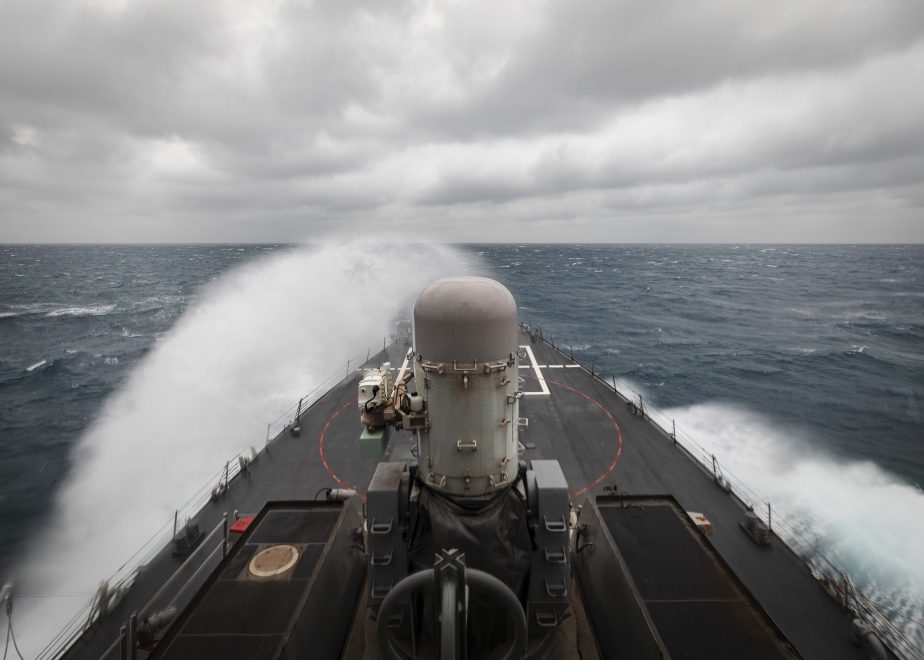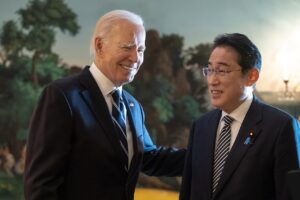On December 30, the U.S. Navy announced that it had conducted its second transit of the Taiwan Strait in the past two weeks by Japan-based U.S. Naval warships. A spokesperson for China’s Ministry of National Defense once again chided the United States for “provocative actions” that “sent erroneous signals” to what Beijing labels “Taiwanese Independence” forces, jeopardizing “peace and stability” across the Taiwan Strait. These comments, while more forceful than previous statements on the issue, have become part of a consistent pattern in recent years where the U.S. Navy publicizes its routine passages through the Taiwan Strait and is promptly rebuked by China’s Ministry of Foreign Affairs or Ministry of National Defense.
The U.S. Navy has consistently framed its transits through the Taiwan Strait as routine exercises of “freedom of navigation,” stating that it will “continue to fly, sail, and operate wherever international law allows.” The reality is more complex. In fact, frequent U.S. transits of the strait are a relatively recent development, beginning about 15 years ago as the result of a deliberate policy change by the U.S. Department of Defense. Between 1972-2005, the U.S. rarely transited the strait, largely reserving such operations for occasions when it intended to send a clear signal to China. For example, in 1995 during the “Third Taiwan Strait Crisis,” the passage conducted by the USS Nimitz carrier battle group sent a clearly implied message of reassurance to Taiwan and deterrence to China, even without much media amplification. During the George W. Bush administration, the Defense Department instituted a policy change to conduct regular transits of the Taiwan Strait. These continued steadily throughout the Obama administration, during which the U.S. Navy transited the strait 68 times, but attracted little fanfare from U.S. or Chinese officials. Even as strait transits occurred on a near monthly basis, the Chinese government did not comment on any of the Obama administration’s strait transits.
Read the full op-ed in The Diplomat




